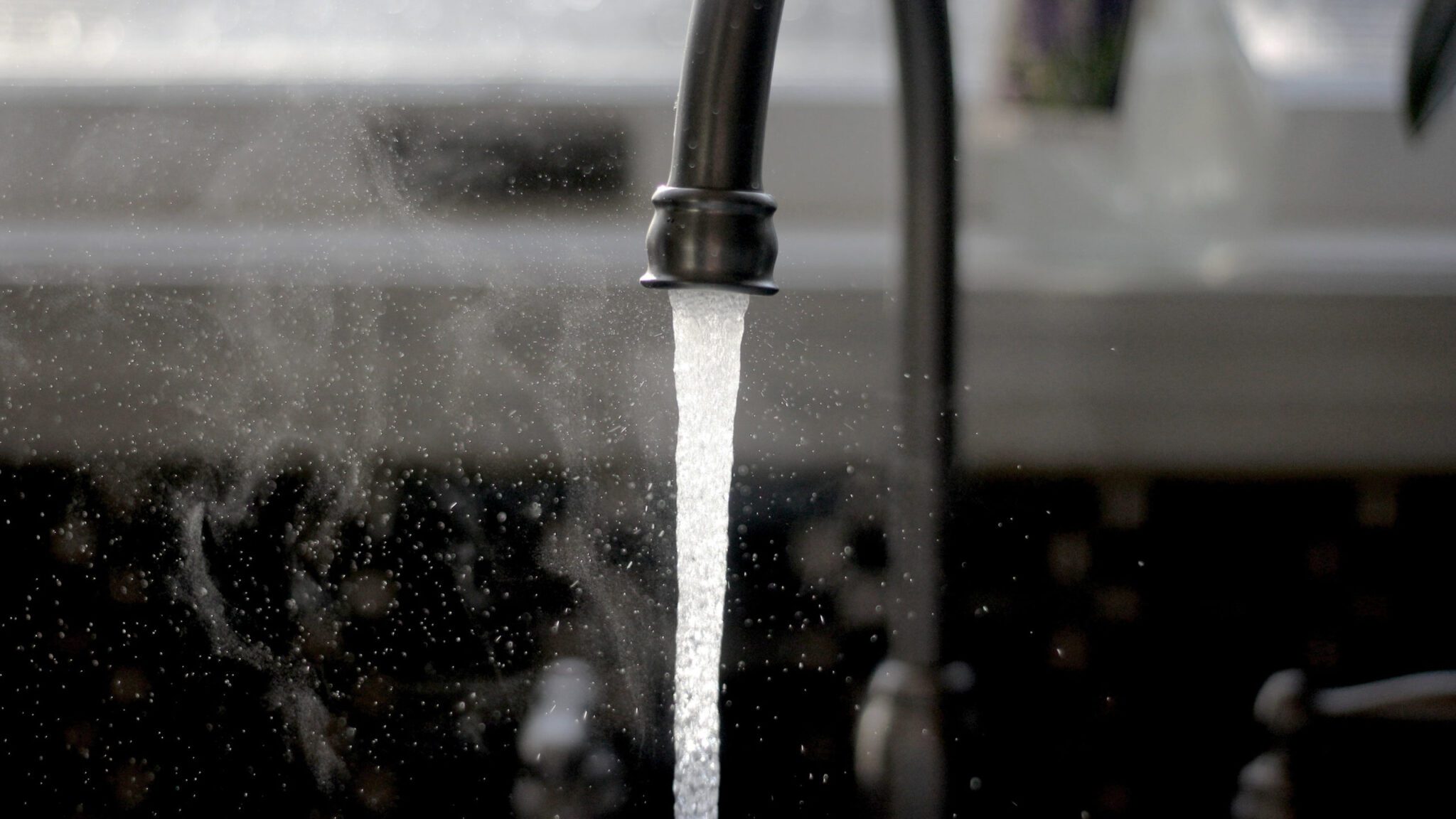Drinking water treatment technologies are typically evaluated for contaminant removal efficiency, capital costs and health impacts, but these narrow metrics do not fully capture why more than 2 billion people worldwide lack safe drinking water. To tackle this problem, researchers at UC Berkeley argue for an assessment of the “hidden” costs of these technologies, including “affordability, labor burden, user acceptance” of water treatment within households.

In a perspective published in Nature Water, the researchers illustrate how neglecting these factors “underestimates the full costs of drinking water treatment technologies and overestimates the potential for treatment options that require substantial behavior change and time to succeed.” In other words, people who most need safe drinking water lack access because their day-to-day burdens — economic, physical and mental — are not factored into the criteria used to assess the feasibility of different water treatment technologies.
“There is a tendency among engineers and academics to think that increasing access to safe water can be solved by developing the lowest cost household-level water treatment product possible,” said Amy Pickering, professor of civil and environmental engineering and senior author of the paper. “However, this approach often trades capital cost for time, often putting that unpaid time burden of using the product on women — who are typically responsible for managing drinking water in the household.”
According to the researchers, the hidden costs of safe drinking water, like affordability and labor burden, can be better understood when viewed through the lens of users. For example, terms like “low cost” and “user friendly” are not well defined and often are used to describe the technology itself, not the user experience. As a result, water treatment methods touted as low cost and easy to use, such as ceramic filters or chlorine tablets, may not translate into affordable, time-efficient solutions for low-income households.
“Despite centuries of technological innovation, safe water access remains limited because current methods to improve drinking water quality ignore critical social factors driving user adoption,” said Katya Cherukumilli, lead author of the study and a postdoctoral researcher.
In their paper, Cherukumilli, Pickering and co-author Isha Ray, a professor in the Energy and Resources Group, present a set of user-centric evaluation criteria for water service providers, practitioners, governments and other stakeholders to consider when deciding which drinking water treatment technologies to implement, scale up or take to market.
“We wanted to change the paradigm for how drinking water treatment technologies are evaluated and selected for large-scale implementation,” said Pickering. “We hope that our paper will give governments and other organizations the framework they need to discern the true potential of specific drinking water technologies.”
In particular, the researchers want to raise awareness of the gendered nature of water procurement within communities, which is rooted in the idea that fetching water and operating a household water treatment system is “women’s work.” They describe how the time and physical demands placed on women is a cost that must be recognized and evaluated if drinking water treatment programs are going to succeed.
“The unpaid labor costs borne by women and girls to use water treatment products are often ignored when water treatment products are chosen,” said Ray. “Acknowledging the time and gender of the primary duty bearer for water treatment — along with assessing effective demand, user acceptance, technical performance and potential health impacts — will allow for a more holistic assessment of water treatment tech.”
Through this paper, the researchers ultimately hope to steer decisionmakers toward solutions that are more convenient and do not require significant changes in behavior. Such solutions are more likely to be successfully adopted and easily scaled.
“We hope that our perspective encourages engineers, researchers and implementers to consider the end user experience when designing, evaluating and installing safe water technologies in communities,” said Cherukumilli. “Our goal is to shift focus and resources from water treatment methods requiring substantial manual labor to promoting investments in scalable solutions that can be integrated into professionalized and high-quality service delivery.”